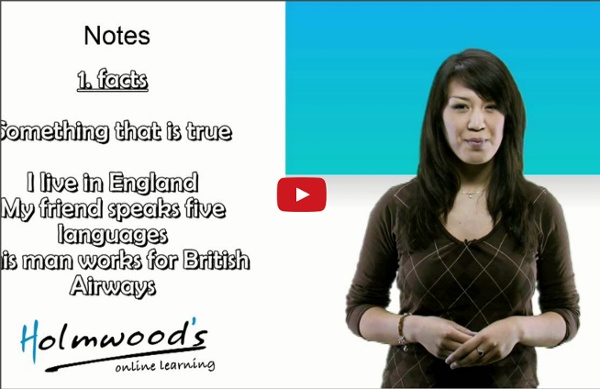



Verb Cards A: ask, add, answer, arrrive B: blow, break, brush, bake, buy, bring, build, borrow, bathe, bite C:color, care, carry, chase, clean, catch, cut, crawl, clap, climb, comb, cry, close, cross, count, cook, cough, collect, choose, change D: draw, drink, dance, drive, drop, dream E: eat, enjoy F: feed, follow G: grow, give, grill,go H: hide, help, hold, hop, hug, hurt I/J: invite, imagine, iron, jump T: talk, touch, throw, taste U: use W: wash, watch, write, walk, wait, wear, wake up, wave, work Y: yawn, yell
Kids ESL Games - Free Online ESL Games, Worksheets and ESL Printables for ESL Young Learners English Worksheets